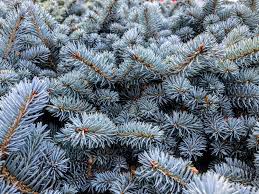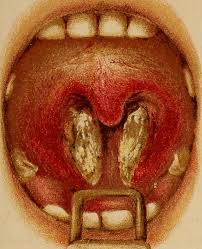By I.V. Cole, M.D., Seattle, Washington.

The tall Kentuckian lit another stogie after gazing at me in silence for several minutes. I had just finished a yarn I had read in a medical journal and had added a few embellishments of my own to make it interesting and changed the hero to myself to give it a local color.
“Now look here,” he started, “ I don’t want you to think that I deprecate the scientific attainments of the medical profession at large, but I do want to state that in some things the North American Indian as a doctor has you all most beautifully skinned to a frazzle. Some twelve year ago the Alaskan gold fever struck me good and hearty, and with a small party I engaged passage north and for two years prospected along the Yukon and tributaries.
“An English physician had joined us early in the game and a better informed royal good fellow never ‘mushed’ being a dog team. Well, I gradually grew sick, couldn’t travel the pace any more; I felt too tired to move and my muscles seemed to be drawn into hard knots; even my joints wouldn’t work, and when we came to a little cabin I just quit and couldn’t move any farther. Doc said I had muscular rheumatism and doctored me industriously without any visible effect. About the time I had about given up all hope of ever again tasting the mountain dew who should come up the river but a Catholic priest with two Indian guides.
“The Good Father’ talked over my case with the doctor and asked if he might send for one of his guides who had crossed the river to an Indian encampment, saying that ‘He was the best doctor at the Mission, and if he took my case would surely cure me. Of course, Doc was skeptical, but readily consented, and Mr. Indian was soon peering at me with his 30-30’s. ‘Heap sick?’ ‘Yes,’ I said. ‘Heap hunt?’ ‘Bet your gizzard. Ketchum spot?’ Poking me in the tender places on my arms and legs. ‘No savey,’ I said.
“He immediately pulled up my trouser leg, and as sure as I am a citizen of the United States and a taxpayer of Seattle, my legs were covered with black spots as black as a double concentrated shoe brush. He remarked, Heap fix, and disappeared out of the door. In a few minutes he reappeared with his arms full of spruce boughs and proceeded to boil them up in about a gallon of water in the dish pan. As they would stew down he put in more boughs and cooked and cooked for about four hours until he had about a quart left, which he strained and gave me a cup to drink. Being born and bred in the hills of Kentucky I wanted to refuse, but hating to hurt the feelings of that poor deluded Siwash who had been to a lot of trouble, I just shut my eyes and downed it. Mr. guide pointed to the remains of the quart of spruce stew and said, ‘Heap drink,’ ‘One day,’ and headed for the camp across the river.
“Do you know, sir, that after the first dose, I felt better? Well, did it just opened up the sluice gates of the skin and kidneys, and the second day I danced a jig, and in a week was cured to stay cured. A long time afterward Doc told me what I had, the priest had put him next; it was scurvy, not ship scurvy, but good old Alaska scurvy that don’t yield to lemon juice and fresh vegetable, but only to change of climate of spruce stew. Doc cured hundreds of cases with that mess with a little wintergreen for seasoning and a cathartic pill on the side. It became a house hold remedy and everybody cured themselves and the Dawson doctors were out of work, so they lobbied a bill through the Canadian parliament making it a felony for any doctor to use spruce tea or attend a patient who had used it. What do you think of that?”
COMMENT – In a letter to the editor, Dr. Cole makes the following statement: “The enclosed story relates a therapeutic fact, which is now verified by miners from all parts of Alaska. They all believe that spruce is a specific for the scurvy as it occurs in the Arctic region. No miner having the scurvy admits it while the disease is present. They call it rheumatism. They persist, however, in taking a strong decoration of the spruce.”
This story adds spice and variety to our collection of facts, and directs our attention toward a truth that may prove of great service. We accept the truth, always, whatever its source. I sincerely hope that every physician whose eye catches this story who has had experience in the use of the above remedy will immediately report his experiences to me.




